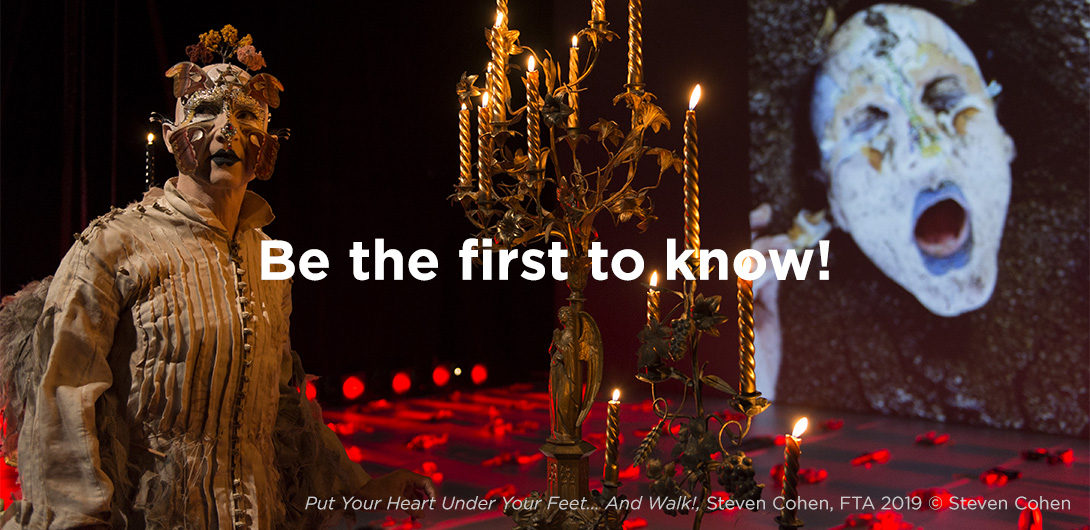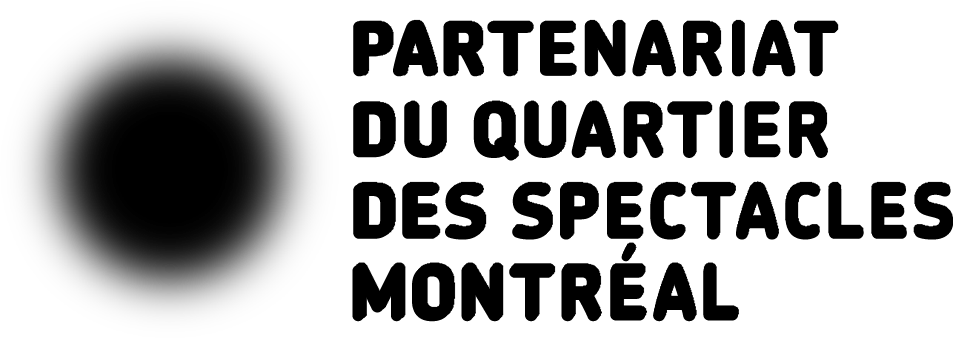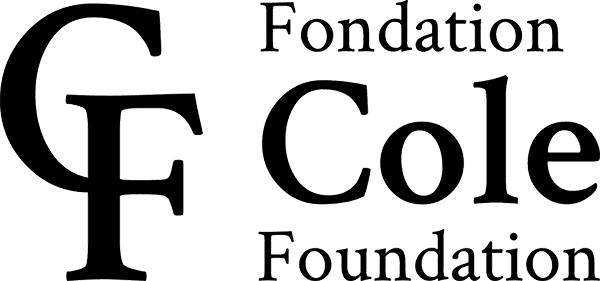You have a lengthy research and creative process. What would you say about your relationship to time?
It’s very important for me to spend a lot of time with something, which enables me to know, and to feel whether I’m comfortable with this or that. I don’t like going into the studio and telling myself that I have two hours to come up with some material. It’s more natural for me to have 10 hours ahead of me with no specific goal and give free rein to the questions lingering in my mind. It becomes a process where I trust that these questions will lead me in the right direction.
What I share with the audience is like an amalgamation, a system of thoughts that have reached, through time, a density that I get to explore in public. My intention is to become very intimate with these reflections and then to share them out loud. I want to make visible the process of thinking about a question.
There’s a certain horizontality in your approach to materials and dimensions. Is this ecology related to the time you need to create your works and to the choice of a three-hour duration for this performance?
I take in a lot of information as part of my process. And yes, it does come to me horizontally, not hierarchically. Questions and subjects can carry as much weight as a colour, a texture, an object, a smell, etc.
In general, I give myself three years to develop a work. Everything that happens between two projects is important; it informs what I will do and where it comes from. When I was given carte blanche at the Musée d’art contemporain de Montréal as part of the Françoise Sullivan exhibition, I experimented with daily performances lasting three hours and I loved it. It felt like the right length for me. It’s a very exciting way of experimenting, I had a lot of fun.
Don’t get me wrong, though: the shorter formats of my previous works were not a torture. And I do love the theatre, the lighting. But I wanted to jiggle some of these formal constraints and to work with minimal technical needs. I’m obviously not the first person to work with longer durations. But the benefits of slowing down are still underestimated in the world. This is my way of respecting my ideal relationship to time.
This work is informed by the notion of trust. How specifically do you work on that?
I don’t know exactly. But I know that the notion of trust is there, that it flows through and leads to the choices I make. I really feel the need to explore this subject, and I don’t think I’m the only one, so I trust that it will resonate with the audience. As with all my works, I’m not trying to illustrate any particular point.
Each of your projects embodies a vision of society. Is it fair to say there is a desire to bring the margins toward the centre or to explode the centre?
Yes, absolutely. But this vision is pretty undefined and unwritten. Each project that I undertake and each conversation that I have inform my preoccupations. I’m mainly interested in creating more space for a diversity of perspectives and of ways of being and living.
It seems evident that our societies have been constructed based on models of efficiency of people who, generally speaking, are neither healthy nor sane. These same people make important decisions that shape our lives. It’s terrifying. It might sound condescending to put it this way, but there’s certainly a desire on my part that we all become more aware of this dynamic. It’s evident that this shaping and the resulting lack of vital space have paved the way for disease and disorder. My work is aimed at loosening our social reins and behaviours and at generating more space in the process. It seems to me this is the only way we can evolve together: by creating more space for everyone. It’s a proposal










